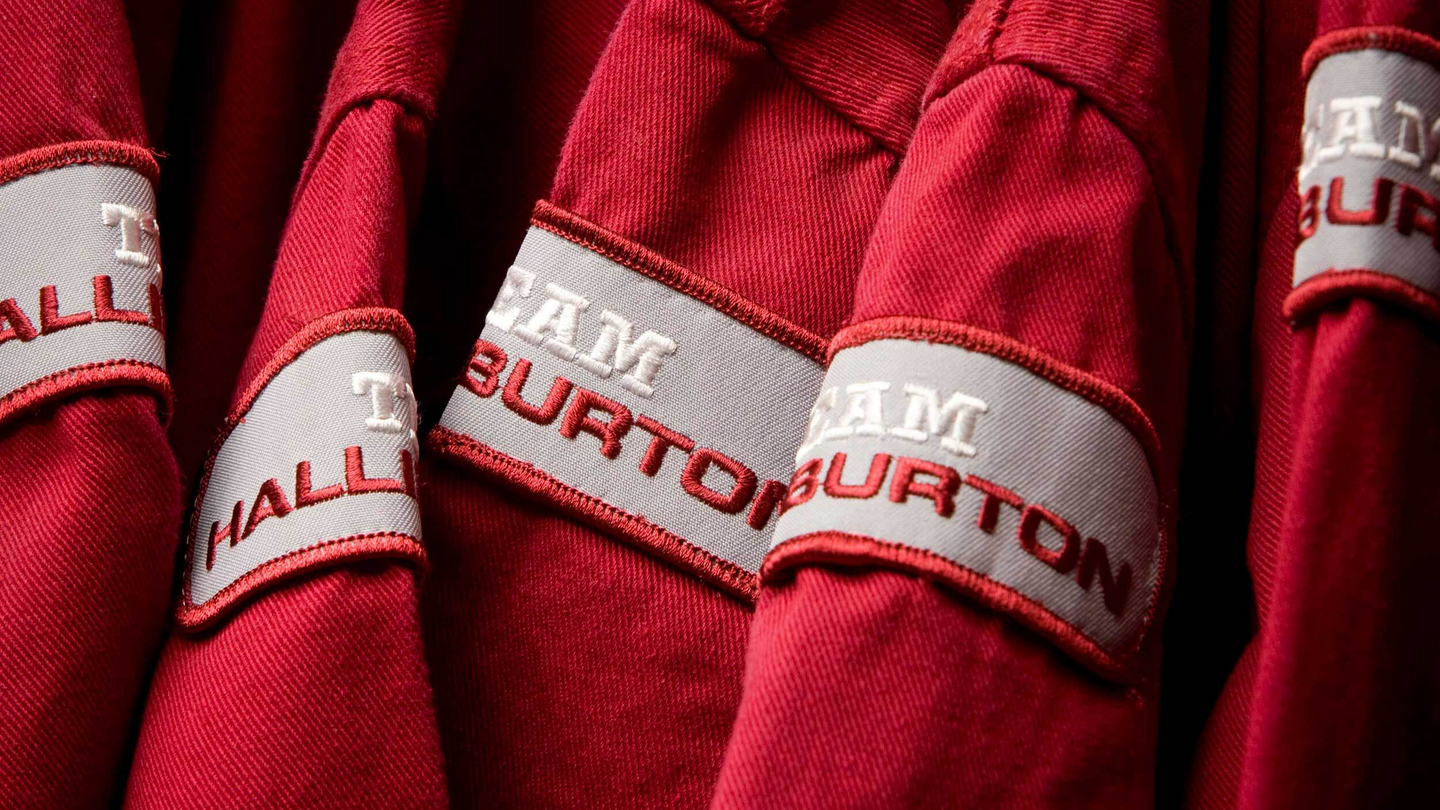 Search
Search
 Search
Search
Solution Becomes New P&A Benchmark in Offshore Field
Download PDFMature Fields

Execute a P&A for 20 wells, with cost, time, and personnel restrictions
Offshore, Norway

Halliburton was tasked with developing and delivering an integrated well intervention campaign plugging 20 wells in an offshore Norwegian field at the lowest cost possible. This included providing project management, engineering, personnel, equipment, and services. A creative, customized solution was needed to produce a low-cost, effective solution. Considerable collaboration with the customer and detailed well analysis would be needed to determine the appropriate solution to meet project requirements at the lowest cost possible.
In the field, the platform had been unmanned and the drilling facility idle for 10 years, requiring costly upgrades to be prepared for the plug and abandonment (P&A) campaign. The P&A solution had to comply with strict environmental and internal company technical requirements, and also reduce overall decommissioning time for the platform. The customer set a 60-person maximum for onboard personnel in order to save large reinstallation costs. Traditional platform solutions for this type of operation would require 100 people on board. Achieving project results with this limited personnel would be a challenge.
Through close collaboration with the customer, Halliburton took an active part in the development of the overall P&A strategy for the project, analyzing the needs for downhole tool conveyance and focusing on solutions requiring minimum topside equipment. The wells were categorized based on completion type and technical status, and a plan to execute the P&A scope with as little surface equipment and personnel as possible was made in compliance with regulatory and customer technical and safety requirements.
Halliburton used a phased approach that allowed placement of the barriers at the lower day rate compared to a traditional platform drilling rig solution presenting large cost savings to the customer. Phase 1 and Phase 2 in the customized solution did not use a traditional rig approach. The rig was not included until Phase 3. The phased approach also gave the customer the opportunity to revise the plan in between the phases and eliminate risk to the project based on learnings from the wells – reducing the overall P&A project cost. This approach also enabled the project to be less schedule-driven than normal, as breaks between the phases could be adjusted as required in the event optimization of the plans were needed. Additionally, the phased approach allowed executing as much of the scope as possible at the lowest possible daily cost.
The execution of the project was split into three phases:
Phase 1: A wireline campaign on 10 wells to assess the technical status of the wells and confirm the correctness of the well data was conducted. The wells were also prepared for the subsequent phases by bullheading fluids into the reservoir. This campaign confirmed correctness of well data that was then used to determine future actions in the overall plan.
Phase 2: A coiled tubing campaign was conducted in order to effectively place the reservoir barriers through the production tubing. The coiled tubing placement eliminated the need to pull the production tubing from these wells, thus saving time and cost. The campaign included a qualification process of the barrier placement method, using Halliburton tubing-conveyed perforation (TCP), along with Pulsonix® Tuned Frequency Amplitude (TFA) service and AbandaCem™ cement technologies.
Phase 3: A purpose-built P&A unit was designed, constructed, and commissioned in parallel with the execution of phases 1 and 2. Upon completion of Phase 2, the modular P&A unit was installed at the platform and the operation commenced. During Phase 3, the P&A unit would place the reservoir barriers on the wells, where production tubing had to be pulled from the wells in order to place the barriers in accordance with regulatory requirements. The P&A unit was also used to place the environmental barriers in the top section of the wells.
Lower costs compared to traditional concepts
The Halliburton Integrated Well Intervention solution was managed by Halliburton Project Management. Halliburton planned and executed the project, utilizing Halliburton technologies from a large number of Halliburton services and product service lines (PSLs), including Consulting and Project Management, Coiled Tubing, Wireline and Perforating, Testing and Subsea, Production Enhancement, Cementing, Completion Tools, Pipeline and Process Services, Baroid, and Sperry Drilling to create a customized, cost-effective solution. An integrated approach allows for utilization of cross-trained and multi-competent. The cross-trained Halliburton crew was approximately 30 percent smaller than a traditional crew size, resolving the personnel on board (POB) challenge on the platform, saving the operator significant amounts in platform refurbishment costs and personnelrelated operational costs.
Phase 1: The wireline campaign was delivered in 21 days with 98.4 percent uptime, obtaining valuable verification data of the well conditions. This allowed adjustment and optimization of the plans for the following coiled-tubing phase.
Phase 2: Coiled-tubing reservoir barriers were delivered as a 312-day continuous coiled-tubing operation covering intervention in 16 wells, conducting 38 cement jobs, 177 runs, and 1,767,000 feet (580 kilometers) of running footage (one way) with an overall uptime of 97.02 percent. Operations included drift runs with the SpinCat rotating wash tool, milling of cement and scale, acidizing, mechanical casing collar locator (MCCL) runs, perforation in 100-meter to 150-meter (328-foot to 492-foot) sections, tubing punch runs, Pulsonix (fluidic oscillator) wash runs, expandable packer setting runs, and cementing runs. The overall rigless barrier placement method proved to be successfully applicable in wells in Norwegian waters, at a fraction of the cost per barrier compared to traditional rig-based solutions.
Phase 3: In parallel with Phase 1 and Phase 2 execution, Halliburton managed the design, manufacturing, assembly, and onshore commissioning of a purpose-built P&A unit, all completed in 11 months. The unit was installed, integrated in the existing platform structure and systems, and commissioned, in 90 days. The unit has proven to work as intended, being a reliable and efficient alternative to a traditional derrick solution, and operating with a significantly lower crew number. Phase 3 operations are still ongoing.
Overall, the P&A phased approach concept executed by Halliburton represents a new approach for rigless P&A in the North Sea area, delivering P&A of platform wells at around 50 percent lower cost compared to traditional concepts.
